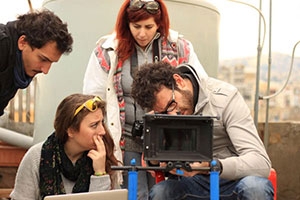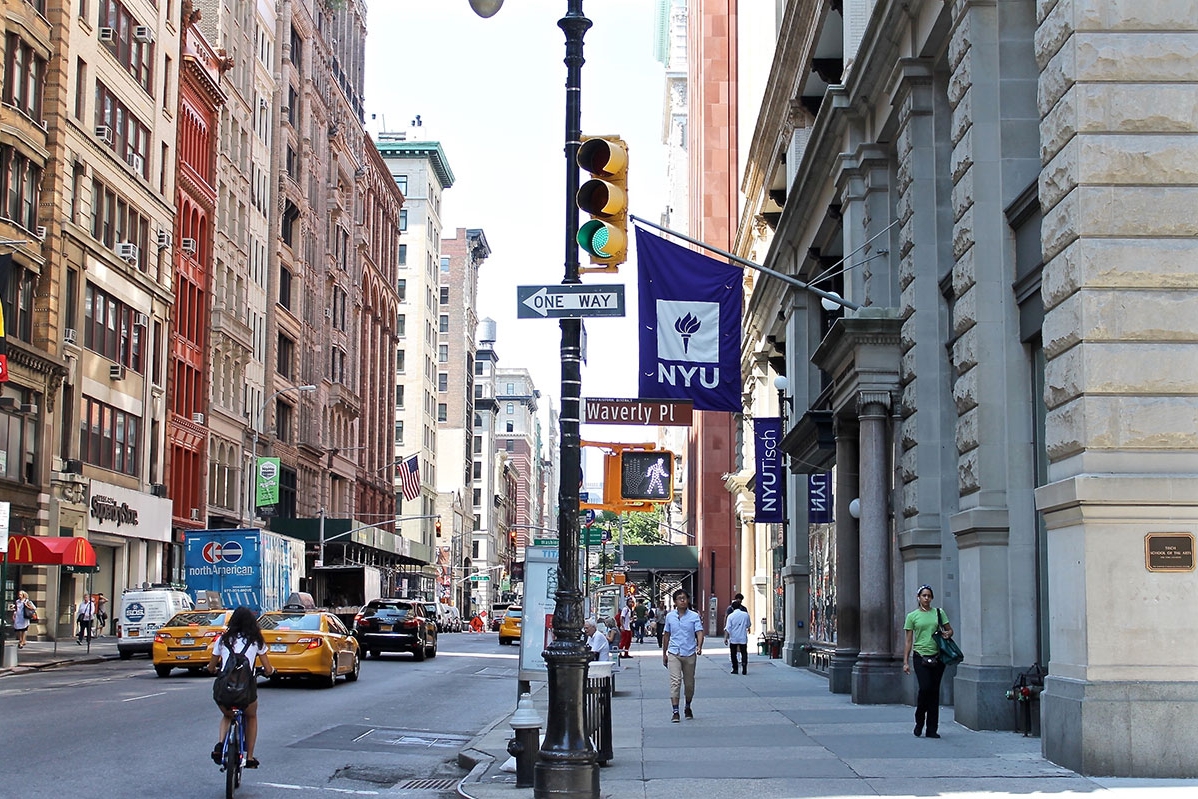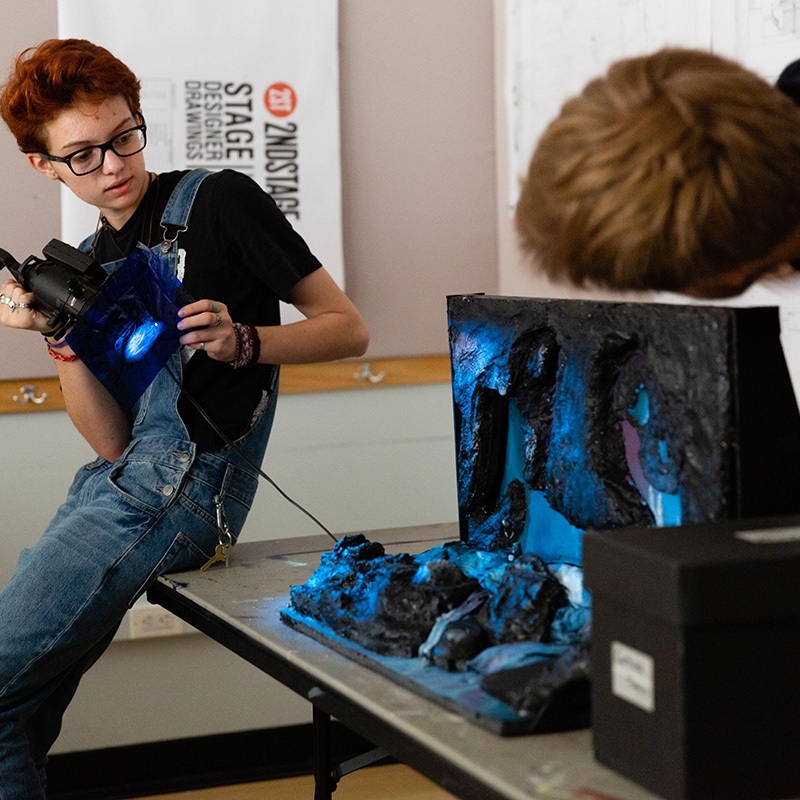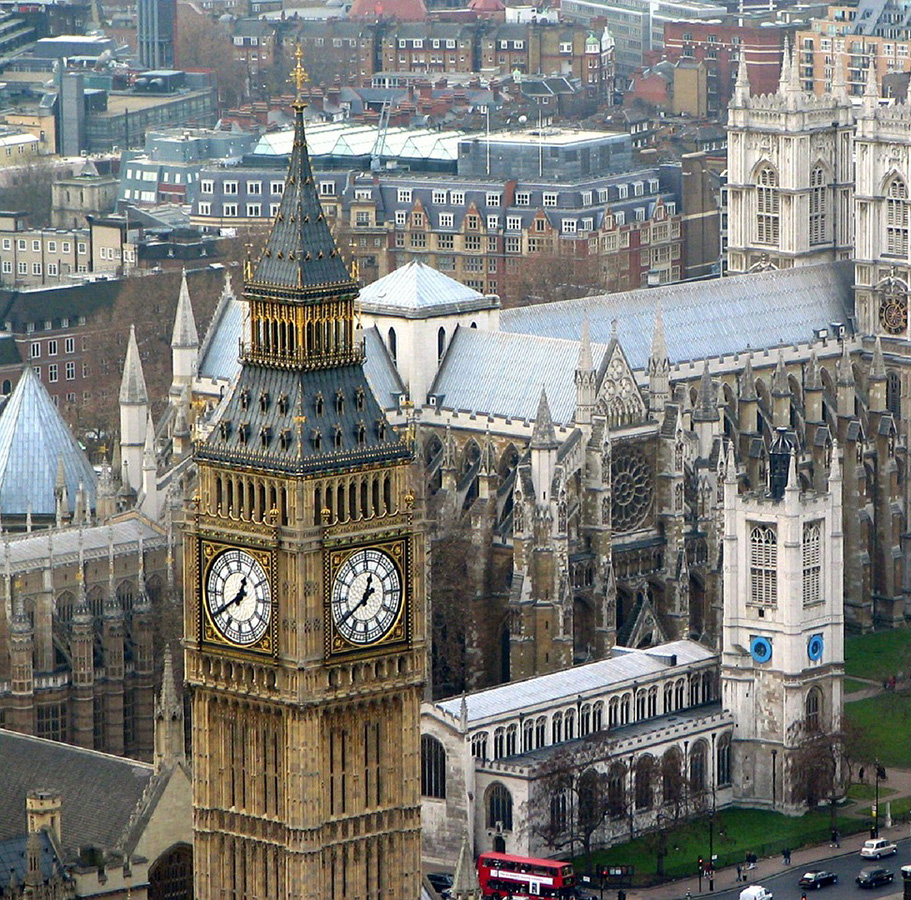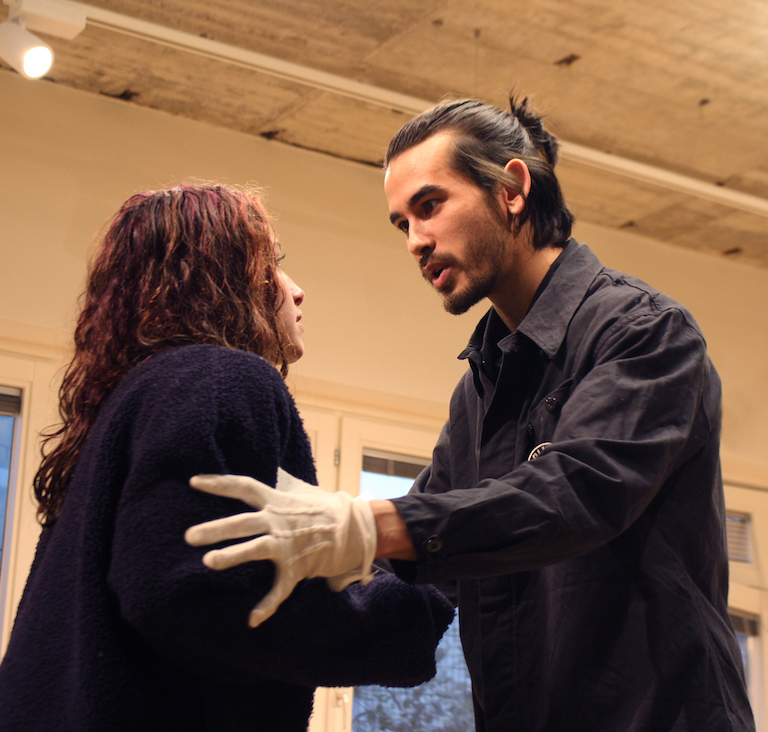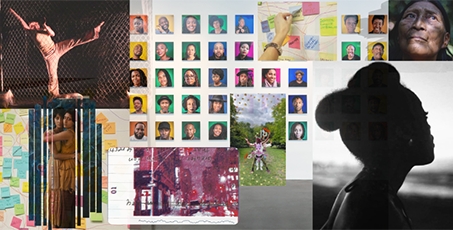PORTFOLIO: Submit 15 - 20 images via SlideRoom.com
At least 10 images should be on a single theme. Title or caption each of your images. Include a brief description with the medium/format (analog, digital, etc.) and indicate which 10 images are within the single theme. You will be asked to explain your chosen series in your written statement.
Sequence your work to effectively communicate your ideas. Your portfolio should be a cohesive body of work that reveals your passion, effort, and most importantly your point of view. We look for diversity in student thinking, experience, and media presentation. Effective development of meaningful content is of particular importance. The portfolio assignment requests images on a single theme, but this should not limit you to submitting work from a single photo shoot or a single roll of film. Take time to review our suggestions for generating portfolio content and consider the myriad ways you can approach your submission.
We also accept submission of new and interactive media based work, sound and video art. If appropriate, include link in the caption. You may include up to 5 non-photo based images (painting, sculpture, collage, installation, drawing, etc.), but if you choose to do so, you must submit a total of 20 images.
